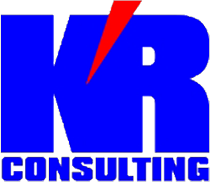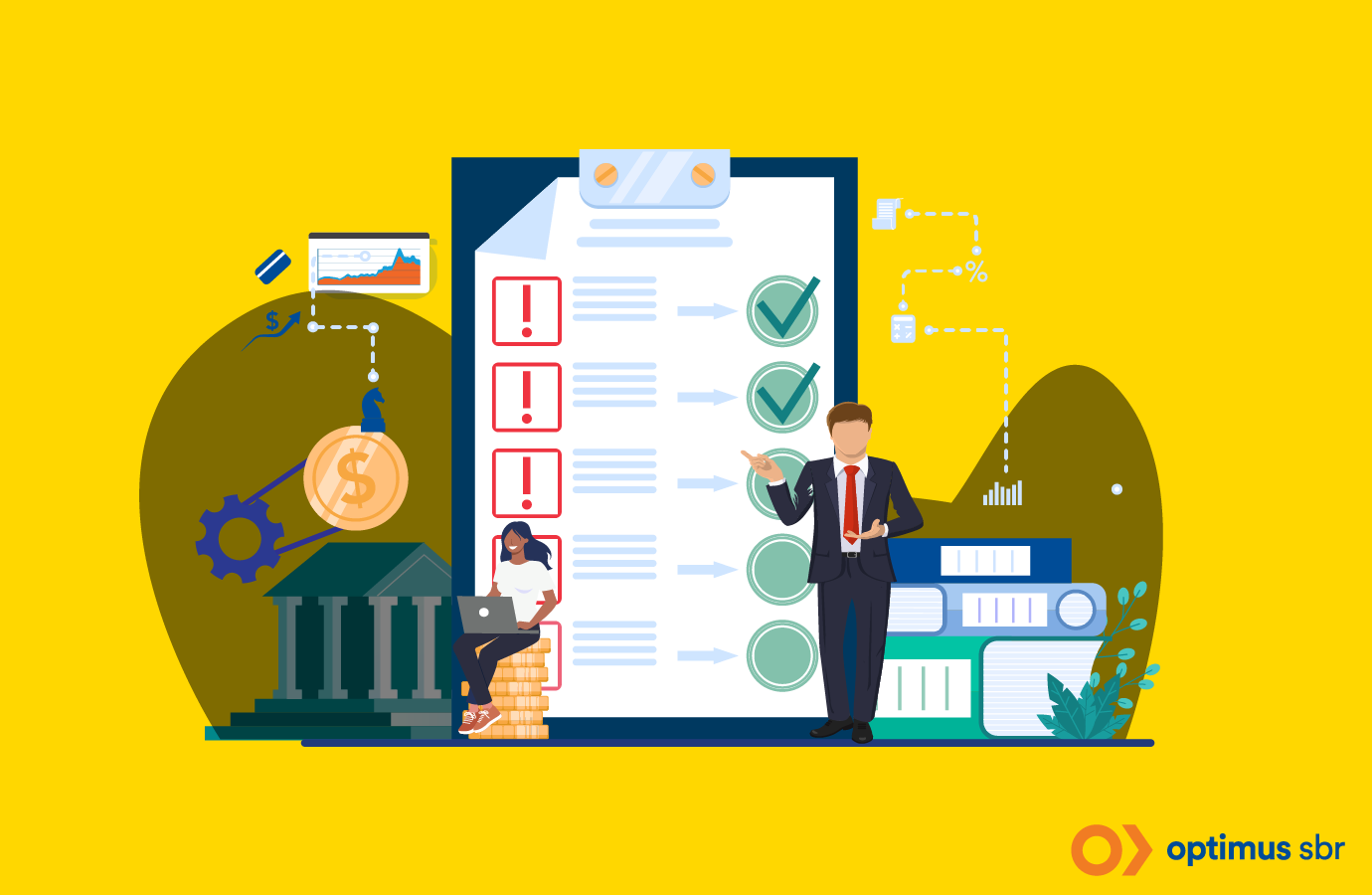The statutory requirements of IFRS 17 are forcing a massive disruption and ultimately a transformation within the insurance industry. No IFRS compliant insurer will be able to escape the profound changes in their operating model, accounting policies, and subsequent accounting system outputs and flows. This extends to connectivity and alignment with and actuarial systems and outputs—all underpinned by IT systems construct, data and reporting requirements.
To conclude our IFRS 17 series, we wanted to pull everything together and discuss the other large standard impact that is likely to occur.
When many insurers think of implementing IFRS 17, they may not recognize there other standards that may also need to be applied—including IFRS 9 elections for assets and liabilities, and potentially IFRS 15 for revenue outside of your insurance contracts.
Application of IFRS 9 has been a requirement for companies’ annual reporting periods beginning on or after January 1, 2018.
However, in an effort to help insurers streamline implementation, the International Accounting Standards Board (IASB) deferred the application of IFRS 9 to come into effect for applicable insurers at the same time as IFRS 17. This allows for the deferral of reporting periods beginning on or after January 1, 2023 assuming they have continued to apply IAS 39.
Many companies with an insurance arm or are not predominantly considered an insurer, will have already implemented IFRS 9, including for their insurance components. That means there’s a vast amount of knowledge surrounding IFRS 9 and its three main components:
- Classification and measurement (C&M)
- Impairment
- Hedge accounting
Some companies may have already implemented IFRS 9 as part of the overlay approach. However, IFRS 17 allows you to revisit the election for the assets to be recognized at amortized cost (with appropriate amortization or Impairment), fair value through profit or loss (FVTPL), or fair value through other comprehensive income (FVOCI). Liabilities whose effect of changes in discount rate on projected liabilities can be recognized through P&L or OCI.
For those that are going through IFRS 17 and IFRS 9 together for the first time as part of the temporary exemption and deferral approach, there are several key considerations that will be required as you navigate the dual implementation:
- In-scope assets – Depending on the categorization of the assets held by your organization, there are several impairment methodologies that can be applied, some being more complicated (modelled) than others (simplified, loss rate, or low credit risk).
- Data for those assets – Where the assets require modelling, you will require significantly larger amounts of data in order to model the impairment and expected credit loss to be held on the balance sheet (and change through the P&L). This may require that you collect and store credit data not currently used and build models that are cognizant of past, present, and future trends in order to build out 12-month and lifetime expected credit losses. This requires familiarity with the data model and elements required in a modelling approach.
- IFRS 17 considerations taken by the IASB – Permitting application of either IFRS 17 or IFRS 9 to some loans, credit cards (or similar), and other contracts allows for a simplified bifurcation and application by insurers, which allow them to take into consideration those items noted above and potentially avoid implementation costs in doing so.
- Classification and measurement matters – C&M categorization allows you to dictate the impairment methodology or application of insurance accounting, but also hold the correct assets. A change in asset mix may be considered where differences with investment strategy occur or assets are held that are not valued using FVTPL and FVOCI, resulting in the requirement to calculate impairment.
As the deadline to implement IFRS 17 nears, you need to examine and act on your compliance plans. This will include a cross-functional and holistic approach to treatment of your data & technology, along with your actuarial and finance functions. No one team can achieve compliance alone, and therefore it becomes extremely important to manage this IFRS 17 transformation effectively.
As you continue on your IFRS 17 journey or look to begin it, make sure that you are taking a holistic approach, as siloed efforts often lead to re-work and lost time. There are lessons from frontrunners that can be applied to help achieve compliance in the most efficient way possible. We, along with our partners, can provide the solutions you need to meet the required IFRS 17 deadlines.
(This is the final article in a series of seven articles.)
Optimus SBR’s Financial Services Practice
Optimus SBR is an independently owned management consulting firm that works with organizations across North America and the Caribbean to get done what isn’t. Our Financial Services Group provides strategic advisory services, process improvement services, risk management services, and project management support to leading Financial Institutions, insurers, asset managers, and pension funds.
Contact us for information on our IFRS 17 Jumpstart Acceleration Program:
Peter Snelling, Senior Vice President, Business Development
Peter.Snelling@optimussbr.com
416.649.9128
Evan Farlinger, Principal, Financial Services Group
evan.farlinger@optimussbr.com
647.502.3739
Service Partners |
|
|
|
|
 |
With access to a global knowledge base and professional expertise, BDO offers extensive value to their clients across all segments of the insurance and financial services industry. |
|
|
|
 |
KR Services specializes in the practical application of international financial reporting and actuarial standards in the developing world. |
|
|
|
 |
Valani Global supports life insurance companies in achieving their financial risk management goals through implementations of Moody’s Analytics solutions including AXIS and RiskIntegrity for IFRS 17. |

Optimus SBR Celebrates 6 Consecutive Wins as 2024 Best Workplaces™ in Professional Services
Our commitment to a people-first approach has been central to being recognized in 2024 for the sixth time as one of the Best Workplaces™ in Professional Services and the key to our overall success.

12 Best Practices to Increase Cross-Team Collaboration and Enhance Organizational Alignment
Enhancing cross-team collaboration drives innovation, optimizes resources, improves overall performance, and ensures every part of your organization works toward the same goals.

Enhancing Your Data Strategy for Success: The Power of Metadata
Metadata goes beyond just aiding in data retrieval. It ensures your data is secure, compliant and, most importantly, understood consistently by everyone in the organization.

Optimizing Language Translation Strategies: Beyond Compliance to Enhanced Operational Efficiency
The introduction of Quebec’s Bill 96 in Canada underscores the necessity for comprehensive translation strategies. Integrating machine translation technologies helps meet regulatory requirements while enhancing translation speed, cost efficiency, and operational effectiveness.

How to Manage Gen Z: 16 Strategies to Engage and Retain Young Talent
These practical strategies lead to a workplace that is better aligned with the values and expectations of Gen Z employees, ensuring that your efforts to attract and retain Gen Z talent are both successful and sustainable.

How to Measure the Success of Learning and Development: 12 Important Metrics to Evaluate
Quantifying the success of L&D training programs can be challenging. Learn about selecting and measuring the right metrics to determine whether your training efforts are truly making an impact.



